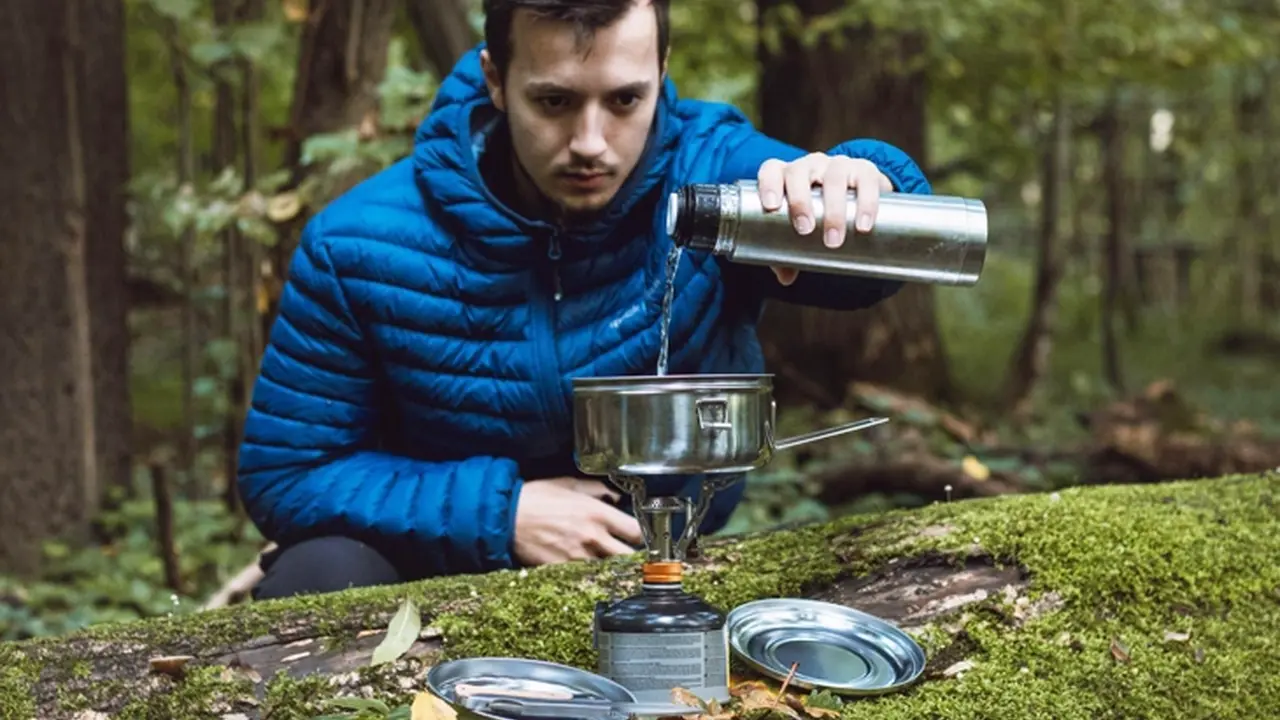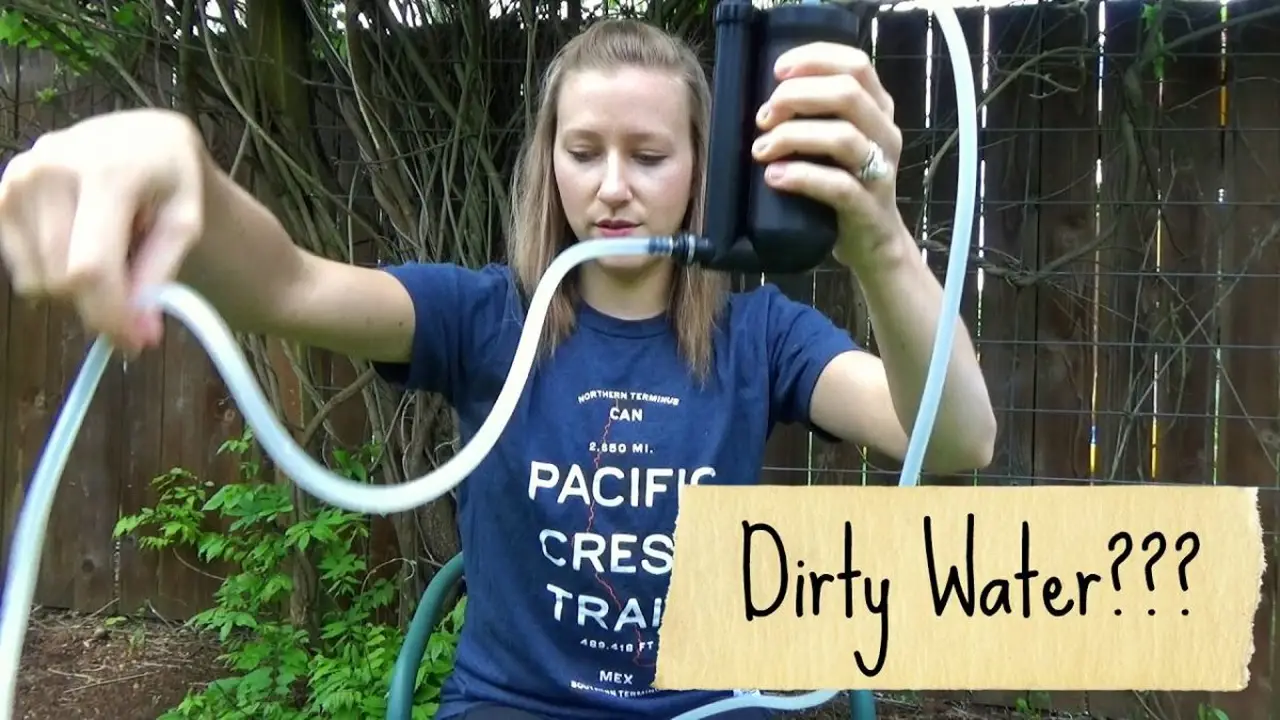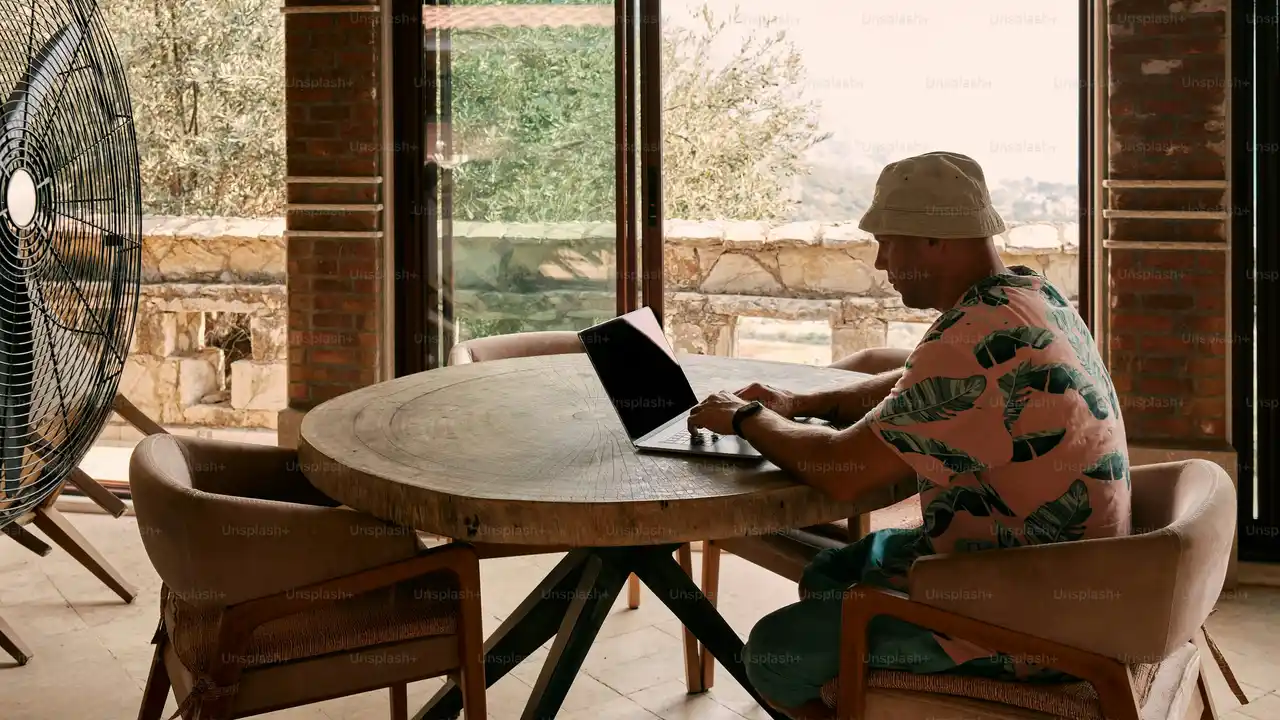7 Best Backpacking Stoves Reviewed
In-depth reviews of the 7 best backpacking stoves on the market. Compare fuel types, cooking power, and portability to find the ideal stove. Cook delicious meals on the trail with our comprehensive guide.

Backpacking Stove Types Fuel Options for Backpacking
Okay, so you're heading out into the wild and need to cook up some grub. First things first, let's talk fuel. Backpacking stoves generally come in a few flavors:
- Canister Stoves: These use pre-filled canisters of pressurized gas (usually a mix of isobutane and propane). They're super easy to use – just screw on the canister and light it up. Great for beginners and warmer weather.
- Liquid Fuel Stoves: These burn white gas, kerosene, or even unleaded gasoline. More complex to use and maintain, but they perform better in cold weather and at high altitudes. Plus, fuel is often cheaper and more readily available in remote areas.
- Alcohol Stoves: Simple, lightweight, and often DIY. They burn denatured alcohol (aka methylated spirits). Slow to boil water and not great in windy conditions, but they're incredibly minimalist.
- Wood Stoves: These let you burn twigs and small pieces of wood you find along the trail. Eco-friendly and no need to carry fuel, but they can be messy and require more attention. Also, check local regulations before using one – fire bans are a real thing!
Backpacking Stove Performance Factors Boiling Time BTU Output
Beyond fuel, think about how quickly you want to boil water and how much heat the stove puts out. This is where BTU (British Thermal Units) comes in. Higher BTU means more heat, faster cooking. But also, more fuel consumption. Boiling time is pretty self-explanatory – how long does it take to boil a liter of water? This varies wildly depending on the stove, the weather, and your altitude.
Top 7 Backpacking Stoves Detailed Reviews Recommendations
Alright, let's dive into the good stuff! Here are seven of the best backpacking stoves, with a focus on different needs and budgets:
1. MSR PocketRocket 2 Ultralight Backpacking Stove
Description: This little guy is a classic for a reason. It's incredibly lightweight (2.6 oz), compact, and boils water quickly. It's a canister stove, so it's super easy to use.
Pros: Lightweight, affordable, easy to use, reliable.
Cons: Not great in cold weather, no simmer control.
Best For: Beginners, weight-conscious backpackers, warmer weather trips.
Price: Around $45.
Usage Scenario: Perfect for weekend trips where you just need to boil water for coffee and dehydrated meals. Screws directly onto your fuel canister, and its small size makes it easy to pack.
2. Jetboil Flash Camping and Backpacking Stove Cooking System
Description: A complete cooking system with a built-in heat exchanger that boils water incredibly fast. It also has a color-changing heat indicator.
Pros: Super fast boiling time, integrated system, convenient.
Cons: Bulkier and heavier than the PocketRocket 2, canister stove.
Best For: Backpackers who want speed and convenience.
Price: Around $120.
Usage Scenario: Ideal for when you're in a hurry to get a hot meal or drink. The integrated system means less fiddling around, and the heat exchanger makes it super efficient.
3. Optimus Polaris Optifuel Backpacking Stove Multi Fuel Stove
Description: A versatile stove that can burn canister gas, white gas, kerosene, or even diesel. Great for international travel or when you're unsure what fuel will be available.
Pros: Multi-fuel capability, good simmer control, reliable in cold weather.
Cons: More complex to use and maintain, heavier than canister stoves.
Best For: International travelers, cold weather backpacking, expeditions.
Price: Around $180.
Usage Scenario: If you're planning a trip to a remote area where canister fuel might be hard to find, this is your go-to. Its ability to burn multiple fuel types offers great flexibility.
4. Soto Amicus Stove with Igniter Wind Resistant Backpacking Stove
Description: Known for its stability and wind resistance, this canister stove features a four-prong pot support and a recessed burner head.
Pros: Stable, wind-resistant, affordable, lightweight.
Cons: Canister stove, no simmer control.
Best For: Backpackers who often encounter windy conditions.
Price: Around $50.
Usage Scenario: Excellent for exposed campsites where wind is a concern. The four-prong support ensures your pot stays put, and the recessed burner helps maintain a consistent flame.
5. MSR WhisperLite Universal Backpacking Stove Liquid Fuel Stove
Description: A lightweight and reliable liquid fuel stove that's been a favorite of backpackers for years. It's known for its durability and performance in cold weather.
Pros: Reliable, durable, performs well in cold weather, burns multiple liquid fuels.
Cons: Requires priming, can be noisy.
Best For: Cold weather backpacking, long trips, remote locations.
Price: Around $140.
Usage Scenario: Great for winter camping or extended trips where fuel efficiency and reliability are crucial. Its liquid fuel capability ensures you can find fuel even in remote areas.
6. BRS-3000T Ultra-Light Titanium Alloy Mini Stove Outdoor Portable Camping Gas Stove
Description: One of the lightest canister stoves on the market, made from titanium alloy. Incredibly compact and affordable.
Pros: Extremely lightweight, affordable, compact.
Cons: Canister stove, not very stable with larger pots, no simmer control.
Best For: Ultra-light backpackers on a budget.
Price: Around $20.
Usage Scenario: Perfect for solo trips where every ounce counts. Its tiny size and weight make it almost unnoticeable in your pack.
7. Trangia 25 Series Stove Kit Alcohol Stove System
Description: A complete alcohol stove system that includes pots, pans, a windscreen, and a burner. Simple, reliable, and quiet.
Pros: Simple, quiet, reliable, complete system.
Cons: Slow to boil water, not great in windy conditions, alcohol fuel can be difficult to find in some areas.
Best For: Minimalist backpackers, quiet campsites, shorter trips.
Price: Around $70.
Usage Scenario: Ideal for a peaceful camping experience where you value simplicity and quiet over speed. The complete system includes everything you need to cook a basic meal.
Backpacking Stove Comparison Table Pricing Specs
Here's a handy table comparing the key features of each stove:
| Stove | Fuel Type | Weight (oz) | BTU | Price (Approx.) | Best For |
|---|---|---|---|---|---|
| MSR PocketRocket 2 | Canister | 2.6 | 9,000 | $45 | Beginners, weight-conscious |
| Jetboil Flash | Canister | 13.1 | 9,000 | $120 | Speed, convenience |
| Optimus Polaris | Multi-Fuel | 16.1 | 1,400 | $180 | International travel, cold weather |
| Soto Amicus | Canister | 2.6 | 11,000 | $50 | Windy conditions |
| MSR WhisperLite Universal | Liquid Fuel | 11.5 | 9,750 | $140 | Cold weather, long trips |
| BRS-3000T | Canister | 0.9 | 6,800 | $20 | Ultra-light backpacking |
| Trangia 25 Series | Alcohol | 33 | 1,000 | $70 | Minimalist, quiet camping |
Backpacking Stove Usage Scenarios Choosing the Right Stove
So, how do you pick the right stove? Think about where you're going, what kind of food you'll be cooking, and how much weight you're willing to carry. Are you a minimalist who just needs to boil water for coffee? The BRS-3000T or MSR PocketRocket 2 are great choices. Planning a multi-day trek in the mountains? The MSR WhisperLite Universal or Optimus Polaris might be better suited. If you want speed and convenience, the Jetboil Flash is hard to beat.
Backpacking Stove Maintenance Care Cleaning Tips
No matter which stove you choose, proper maintenance is key. Clean your stove regularly to remove any food residue or soot. For liquid fuel stoves, make sure to clean the fuel line and check the pump for wear and tear. Store your stove in a dry place to prevent rust and corrosion. A little bit of care will go a long way in ensuring your stove lasts for years to come.
Backpacking Stove Safety Precautions Using Stoves Safely
Safety first! Always use your stove in a well-ventilated area to avoid carbon monoxide poisoning. Never leave a lit stove unattended. Keep flammable materials away from the stove. Be careful when handling hot pots and pans. And always follow the manufacturer's instructions.
:max_bytes(150000):strip_icc()/277019-baked-pork-chops-with-cream-of-mushroom-soup-DDMFS-beauty-4x3-BG-7505-5762b731cf30447d9cbbbbbf387beafa.jpg)






